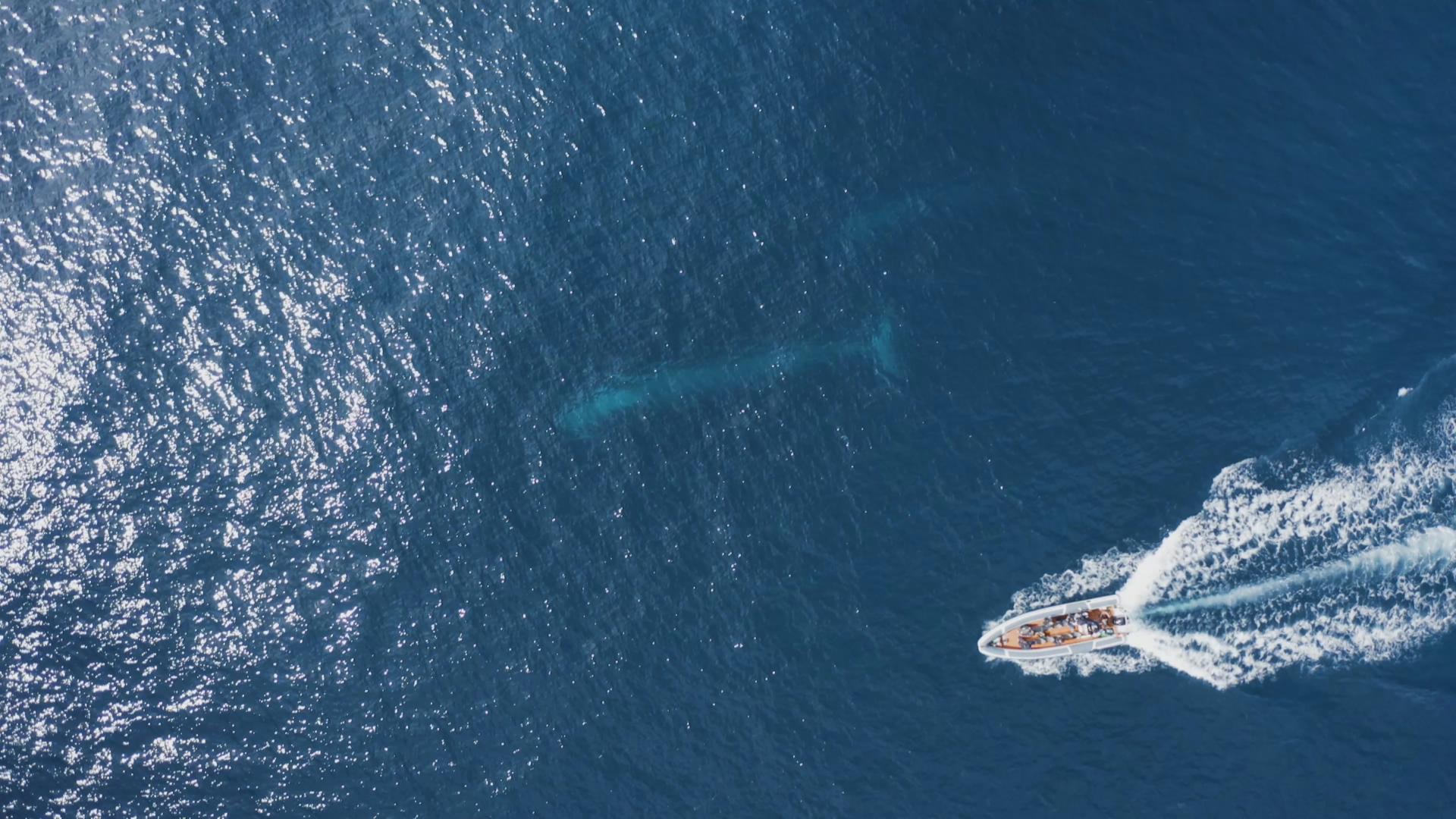MAINE, USA — Researchers with MIT and Project CETI have discovered something fascinating while studying the sounds of sperm whales: Their language is much more developed than originally thought.
The project to decode the so-called "sperm whale phonetic alphabet" included members of the MIT Computer Science and Artificial Intelligence Laboratory and Project Cetacean Translation Initiative.
Pratyusha Sharma is a PhD student in computer science and artificial intelligence at MIT. She spoke with NEWS CENTER Maine about their work and what it could mean for future research.
"I was very curious to see what kind of things do whales use to communicate about, and how does that enable different kinds of behaviors?" Sharma explained. "To me, it was like a robot, but a biological robot and trying to understand what kind of solutions arise in nature."
The team used acoustic bio-logging tags on whales from the Eastern Caribbean clan to capture vocal patterns.
"It's believed there are like 21 distinct calls that they're capable of producing and more or less they kind of repeat the same call over and over again," Sharma said. "One of the reasons for this belief is that they were studied out of their context. So you could collect all of these calls and look at all of these calls in isolation from the rest of the context."
Once researchers started including that context, and listening to conversations as a whole, they found four elements included in the clicking sounds made by whales, including rhythm and tempo.
"Every so often on top of the clicks, whales would produce an extra click. And these whales are very precise with how they place these clicks, so why would they just produce this one-off click randomly, right? So we started to look a little deeper and then we realized that this one-off click, which we called ornament, occurred during the beginning and ends of conversations and critical points of tone change," Sharma said.
Which then led researchers to recognize that whales may be using a phonetic alphabet.
"Whales are able to independently vary aspects of their calls and maybe the communication system that evolves from it is actually an auditory calling system. We have sounds for example, like 'ba' or 'na' that combine to become banana, and then you can say sentences like, 'the bananas are on the table,' which allows you to index into possible meanings," Sharma said.
Which begs the question, are we any closer to understanding whale words?
"So I think what we know now is what aspects of their communication can they intentionally control. What we found is they're able to control a lot more features, their systems are a lot larger, so we need to understand how we should represent this communication in the first place," Sharma explained. "I think the question about meaning, what is it they're talking about, that is something we are looking at trying to see how these calls get sequenced and the kind of meanings they choose to encode, but we don't know anything about that yet and that requires looking at their behavior in conjunction with the sounds."
What the rest of us can learn in the meantime is that there is intelligence all around us, in forms we don't understand yet.
"Humans like to think they are unique and special in more ways than one," Sharma said. "I think as we learn more about other biological systems or other animal or plant systems that we share the planet with, we can deepen our understanding and bring in a little more humility."

